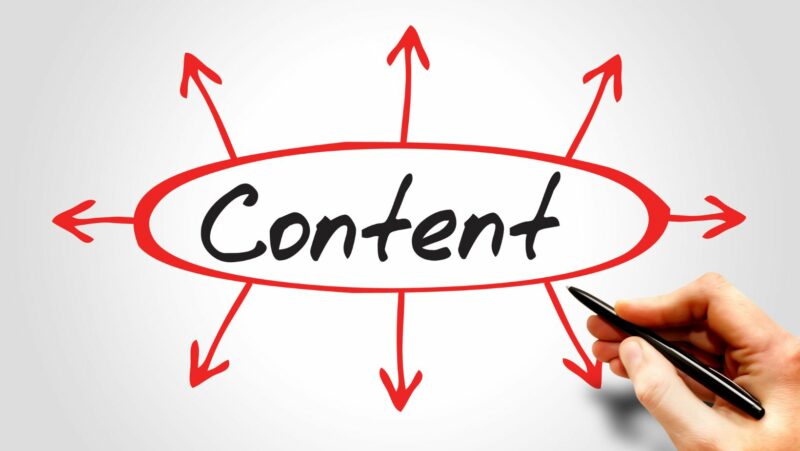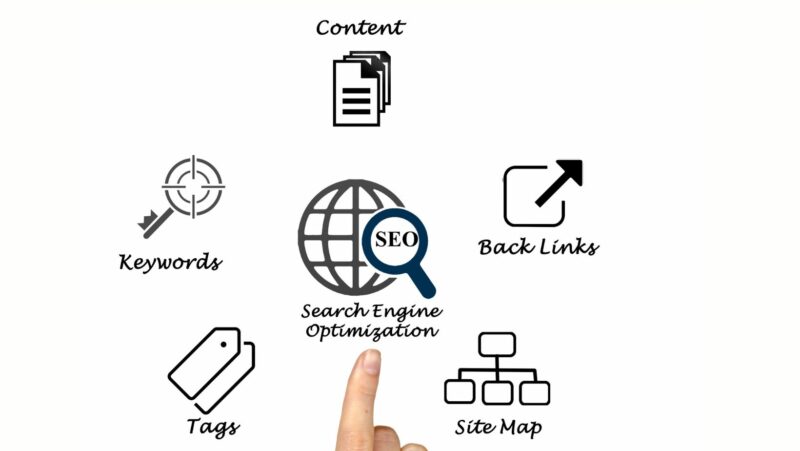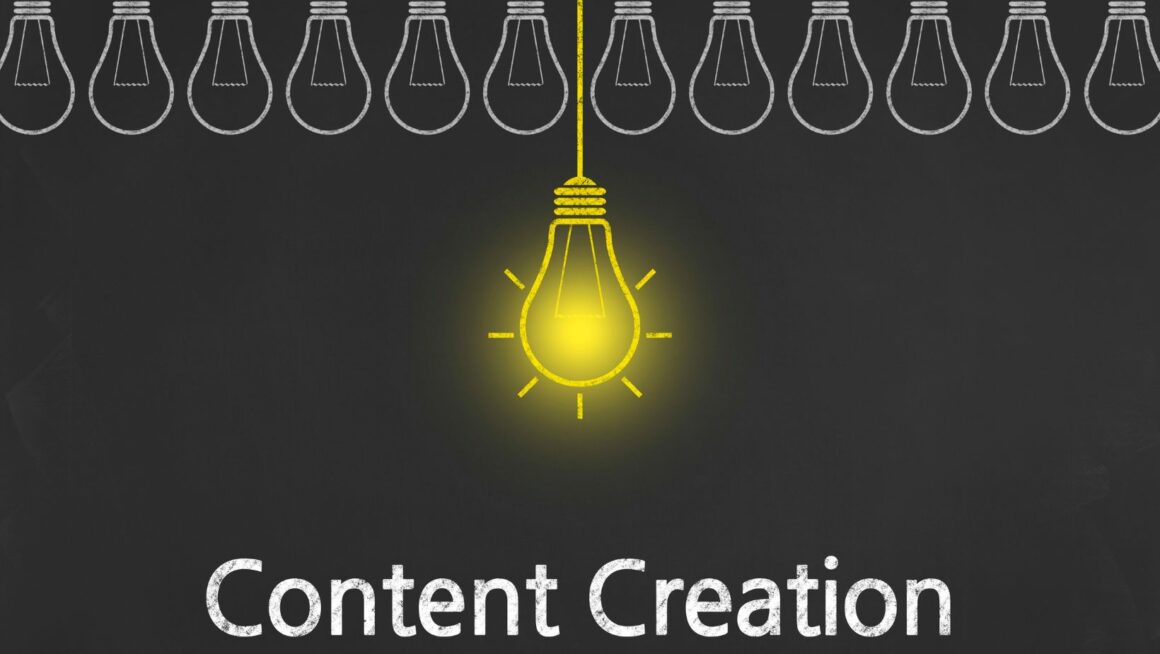In today’s digital landscape, businesses are realizing the power of a well-crafted content strategy that spans from conception to completion. An end-to-end content strategy isn’t just about creating content; it’s about ensuring every piece aligns with overarching business goals and resonates with the target audience. This holistic approach helps brands maintain consistency, build trust, and ultimately drive engagement.
An effective end-to-end content strategy involves meticulous planning, creation, distribution, and analysis. It requires understanding the audience’s needs, setting clear objectives, and utilizing the right channels to reach them. By integrating these elements, businesses can create a seamless experience that guides the audience through their journey, from awareness to conversion.
End-to-End Content Strategy
An end-to-end content strategy involves a comprehensive approach to managing content from conception to evaluation. It ensures that all content aligns with an organization’s objectives and audience needs, guiding the entire content lifecycle to enhance engagement and conversion rates.
Key Elements:

- Planning: Involves defining clear goals, audience personas, and the type of content needed. Planning sets the foundation for a cohesive strategy, focusing on delivering message alignment and value to the intended audience.
- Creation: Encompasses generating high-quality, relevant content that resonates with target audiences. Creation efforts should be guided by research and insights gathered during the planning phase, ensuring each piece of content serves a strategic purpose.
- Distribution: Involves selecting the right channels to reach the audience effectively. Distribution strategies should leverage the most effective platforms, whether social media, email, or direct websites, to maximize reach and engagement.
- Analysis: Includes regularly measuring content performance using key performance indicators (KPIs). Analysis allows organizations to adapt strategies based on data-driven insights, identifying what works and refining approaches to improve future efforts.
End-to-end content strategy integrates these elements, facilitating a streamlined process that supports continuous improvement and adaptability in content operations.
Tools and Technologies for Content Strategy
Effective tools and technologies bolster an end-to-end content strategy by streamlining workflows and enhancing productivity. Selecting the right platforms helps align content operations with business goals.
Content Management Systems
 Content Management Systems (CMS) form the backbone of content operations, enabling seamless creation and management. Popular platforms include WordPress, Drupal, and Joomla. Each offers user-friendly interfaces, allowing teams to collaborate efficiently. WordPress powers over 40% of websites globally due to its flexibility and vast plugin ecosystem. Drupal thrives in complex projects with demanding requirements, while Joomla offers robust out-of-the-box features.
Content Management Systems (CMS) form the backbone of content operations, enabling seamless creation and management. Popular platforms include WordPress, Drupal, and Joomla. Each offers user-friendly interfaces, allowing teams to collaborate efficiently. WordPress powers over 40% of websites globally due to its flexibility and vast plugin ecosystem. Drupal thrives in complex projects with demanding requirements, while Joomla offers robust out-of-the-box features.
Analytics and Reporting Tools
Analytics and reporting tools provide insights for optimizing content strategies. Google Analytics, SEMrush, and HubSpot offer detailed data on user behavior, traffic sources, and engagement metrics. Google Analytics helps track KPIs like visitor count and session duration, informing adjustments to boost performance. SEMrush assists in keyword tracking and competitor analysis, while HubSpot offers integrated analytics for comprehensive marketing insights.
Benefits of an End To End Content Strategy
An end-to-end content strategy offers several advantages for businesses seeking to enhance their digital presence and engagement.

- Consistency Across Channels: Ensures brand messaging remains uniform across all platforms, reinforcing brand identity and trust. This integrated approach helps maintain a cohesive message that aligns with the company’s vision and values.
- Improved Audience Engagement: Facilitates targeted content that resonates with the audience, increasing interaction and fostering a deeper connection. By aligning content to audience interests and behaviors, businesses can create more meaningful experiences.
- Streamlined Content Operations: Simplifies planning and execution, enabling efficient resource utilization and minimizing content production redundancies. Streamlined processes reduce time and effort, allowing teams to focus on quality and innovation.
- Data-Driven Insights: Provides measurable outcomes through analytics, aiding in refined content strategies based on audience feedback and performance metrics. Access to real-time data empowers businesses to make informed decisions quickly.
- Enhanced Adaptability: Supports quick adaptation to changing market trends and audience preferences, ensuring content remains relevant and competitive. This adaptability allows companies to react promptly to shifts in consumer behavior and industry demands.
- Increased ROI: Optimizes content investment by directing resources effectively, leading to higher returns through well-targeted strategies. By focusing on high-impact content, businesses can maximize their marketing spend and drive better results.
These benefits highlight the necessity of adopting a comprehensive end-to-end content strategy to achieve sustained growth and success in the digital marketplace.

